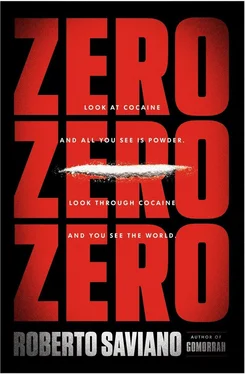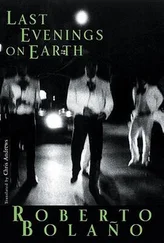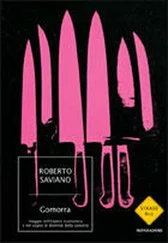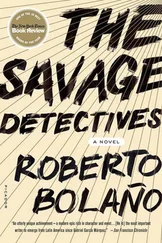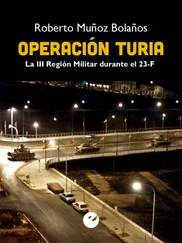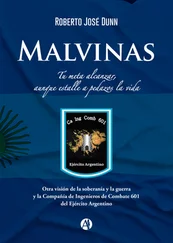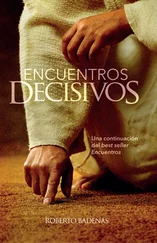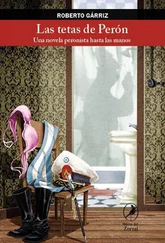It requires months of work to develop a transportation system for a huge shipment of cocaine. And once it has been worked out, tested, and utilized a few times, it’s already time to modify it or think up a new one. Systematists work across the entire surface of the planet, but they’re always working against time. They are forever racing against the investigators’ skills of intuiting cocaine’s movements. Which is why their services are so expensive, affordable only to the major narcotics organizations and the biggest brokers. The richest and most powerful cartels try out new routes by first dispatching “clean loads,” with no drugs, as part of a test run for every system.
That’s exactly what the Sinaloa cartel did without knowing it was already under scrutiny by the Boston FBI and the Spanish police, who were united in Operation Dark Waters, a key inquest in the history of drug trafficking because it revealed the Mexican cartels’ interest in supplying cocaine directly to the European market, which until that point had been dominated by the Colombians. On August 10, 2012, Spanish police arrested four members of the Mexican organization in the center of Madrid, including the cousin of Joaquín Guzmán Loera, at the time the most wanted and powerful boss in the world, the legendary Chapo. Manolo Gutiérrez Guzmán had moved there with a legal adviser and two other of his right-hand men, to lay the foundation for new projects that included regular, easy entry of shipments through the Spanish port.
It all started years earlier, when the FBI came across something more precious than a submarine stuffed with tons of cocaine: a source with access to the upper echelons of the Sinaloa cartel. They decided to investigate the information they received further through a big undercover operation. Starting in early 2010, the infiltrators approached Chapo’s cousin and other influential men pretending to be affiliated with an Italian organization already well established in the United States and Europe. They claimed they were looking for new suppliers and had excellent contacts at the Andalusian port of Algeciras. The Mexicans were excited by the idea and began negotiating: They would furnish a ton of cocaine a month, sent by container ship from South America. The “Italian partners” would get 20 percent of each shipment as a reward for getting the cocaine through the port of Algeciras, while the Mexicans would sell off the rest directly, all over Europe, through their new network of operational cells. By August 2011, everything was ready. But before risking such a large quantity of cocaine, the Sinaloa cartel decided to test the safety of the route: Four times in a row they sent containers filled only with fruit through some Ecuadorian companies under their control. Once they’d tested the system the Mexicans let it be known that they were ready to send the first shipment, hidden in a container leaving from the Brazilian port of Santos: 303 kilos, intended for various points of the European market. A rather meager load that was prudently meant to break the ice — a good business practice even for the biggest holding. But not prudent enough this time. On July 28, 2012, the authorities intercepted the shipment in the port of Algeciras, and almost simultaneously, they detained the Mexicans who arrived at the appointment with their fake partners in order to discuss new shipments. The greatest damage to the Sinaloa cartel was that its expansionist aims for Europe had been revealed and temporarily checked. The rest — the seizure of a few shipments, even the arrest of some important men such as the boss’s own cousin — are inevitable losses, which such a strong and deeply rooted organization must take into account.
Those who toil in vain, however, even in less dramatic circumstances, are the specialists who plan the whole enterprise. The Doctor Travel systematists get paid just as many other freelancers do. An advance to cover system start-up and development expenses, the rest when the shipment reaches its destination. Payment may also come in the form of a percentage of the merchandise, from 20 percent to 50 percent of the total, after transportation costs. Everything — even transportation costs and the systematist’s pay — is calculated on the basis of the end point of the journey. The riskier the final destination, the more perfectly planned the system must be. It’s far less expensive to come through the Iberian Peninsula than into Italy, which has become one of the most difficult and thus exorbitant points of entry in all of Europe.
There is an entity that establishes every quotation at stake in the cocaine market, including transportation costs. Much like the diamond exchange, formerly in Antwerp and now in New York, the world cocaine exchange takes place in the major import centers: in the past Amsterdam, and now Madrid. The average costs and prices used to be set in Holland, but ever since the Iberian Peninsula became the privileged delivery point and the place where the principal buyers gather — first among them, the Italian mafias — the bargaining has moved to Spain.
There’s no way to explain the systematist’s job and the hefty sums the narco-traffickers are willing to pay him unless you look more closely at two crucial problems he has to deal with: ports and cover goods. Big ports — like big airports — most at risk are now equipped with gamma ray or heat-sensitive machines capable of detecting undesirable substances such as drugs or explosives inside containers. A container passes through these immense “metal detectors,” where, basically, it is scanned. The various materials inside it show up in the monitor in different colors. Cocaine is yellow. But just as in the Amsterdam airport, a “100 percent security screening” is applied only on planes coming from certain countries, such as the Dutch Antilles, Surinam, and Venezuela; it is impossible for big European ports to fully monitor all incoming shipments. The port of Rotterdam, for example, is not only the largest in Europe but also one of the best equipped in terms of control instruments. Nonetheless, with storage capacity for eleven million containers, the best they can do is to expand as much as possible targeted as well as random screening procedures. And screening takes time, as anyone who has had to endure the endless security lines snaking through the airport on a peak travel day and risked missing his flight knows. No one compensates the unfortunate passenger, but for goods, time is money, money that a company can demand back if a shipment is slowed by customs officials. If a perishable shipment is held up too long, one that, once it’s checked, turns out to be just fruit or flowers or frozen fish, the company it is being shipped to — a big supermarket chain, for example — can demand to be reimbursed for the loss. Which means that either they’re checked quickly, or they are more likely to pass through customs without undergoing any screening.
So what Doctor Travel does is study security systems and their flaws in order to take advantage of them. State-of-the-art detection system? Just get yourself some carbon paper. Place it in front of your load, and it disappears from the monitor.
A systematist’s work includes evaluating a high quantity of complex variables. Let’s take, for example, the convenience of concealing cocaine in some kind of perishable merchandise. And let’s remember the basic rule that the cover merchandise must be a typical export product of the area where the shipment originates: So, for shipments coming from South America, why not always slip the blocks of cocaine in among cases of bananas? Bananas are, in fact, often used as cover for the very reasons listed above, to which can be added the fact that they have a vast and steady yearlong market. Yet this is exactly why banana shipments may attract more attention. Besides — and this is more complicated — the destination port may be experiencing a drop in deliveries that really has nothing to do with bananas but rather with other kinds of products, which is what seems to be happening with the economic crisis. If customs is less backed up, the chance that the bananas will be waved through diminishes. So you have to modify your plan, betting not on speedy transit through customs but rather on the persnickety perfection and originality of the camouflage. The systematist has to keep constantly abreast of the situation in every port and the success of all the goods being used as cover. A dizzying job, as if he were working simultaneously for every export-import company on an entire continent — two continents, in fact, given that shipments are coming not only from South America but from West Africa as well. The catalog of cover merchandise, like that of the symbols for stamping blocks of cocaine, must be impressive in its variety. It’s impossible to list all the cover goods used for transporting cocaine. And even more impossible to know about those where cocaine has never been discovered.
Читать дальше
